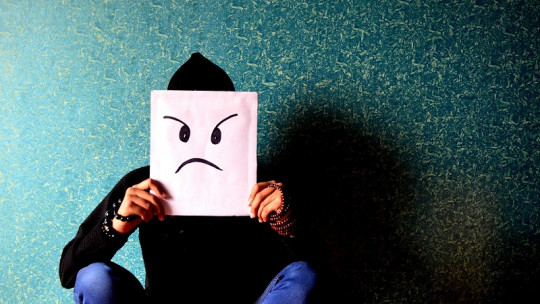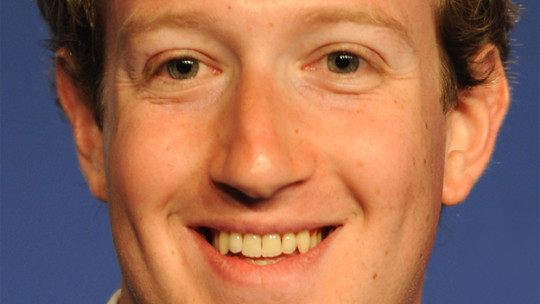
If you’ve ever filled out a survey, you may have been surprised to see that some of the questions have only two answer options. It is true that the ability to understand people’s behavior from such simple questions that are not permeable to nuances can be questioned, but in a global sense. These types of surveys have statistical utility
Although it may seem strange, the fact that many people find themselves in the situation of having to opt for one or another answer helps to establish profiles, study what variables influence that decision and know roughly why one or another answer is chosen. .
The rainbow photos on Facebook could be social research
Recently we have witnessed another phenomenon that could be interpreted as a type of social research: the option of apply a rainbow filter on the profile photo used on Facebook
This initiative, which has been related to the ruling of the Supreme Court of the United States in favor of homosexual marriage (by the way, something similar happened a day before in Mexico without causing so much commotion) has materialized in an automatic modification option of the profile photo that a large part of the regular people on the social network have had to accept or reject. Does this situation sound familiar to you? Yes, it is practically the same context in which the questions of an online questionnaire or survey are presented.
Why would Facebook want to study this kind of thing?
Well, actually the question should be: Why should I not want to study it? Facebook is an endless source of information for research based on data mining, since the social network is made up of millions of people who, minute by minute, upload texts, photographs and statuses that are easily analyzed by a computer system. The potential is incredible and practically unfathomable.
See, for example, the usefulness that Mark Zuckerberg’s invention can have in establishing personality models, as we saw in this article.
However, the possibility of coloring the profile image is of special interest. Using the rainbow will rarely be the result of boredom, hasty decisions, or the simple desire to appear open-minded. Even in the 21st century, supporting the equality of all people regardless of their sexual preferences has a revolutionary, almost controversial nature, and can have adverse effects on the person who decides to make their defense of these values visible.
Arguments, defamatory comments behind your back, family problems… standing up for equality is always free. Therefore, the decision of whether or not to apply the rainbow filter will possibly be approached from a more conscientious analysis than the one that leads to putting on a ribbon in favor of the victims of terrorism or an avatar related to the type of music one is into. amateur. Besides, the LGBT flag It is known internationally, so everyone who uses it as a filter will attribute a similar meaning to it. The same will happen with all those people who see it.
Possible points of interest
In the end, the data extracted from a simple click to modify the profile photo can be used to, among other things, create statistical models that allow us to see:
…and many other possibilities, as many as there are response and interaction options the social network offers us.
It is not a far-fetched possibility, considering that everything we do stops being private the moment it enters Facebook and companies are perfectly capable of paying to obtain all kinds of information and that, furthermore, this also applies to studies in Social psychology and sociology made to order. In fact, there is already a very similar precedent.








